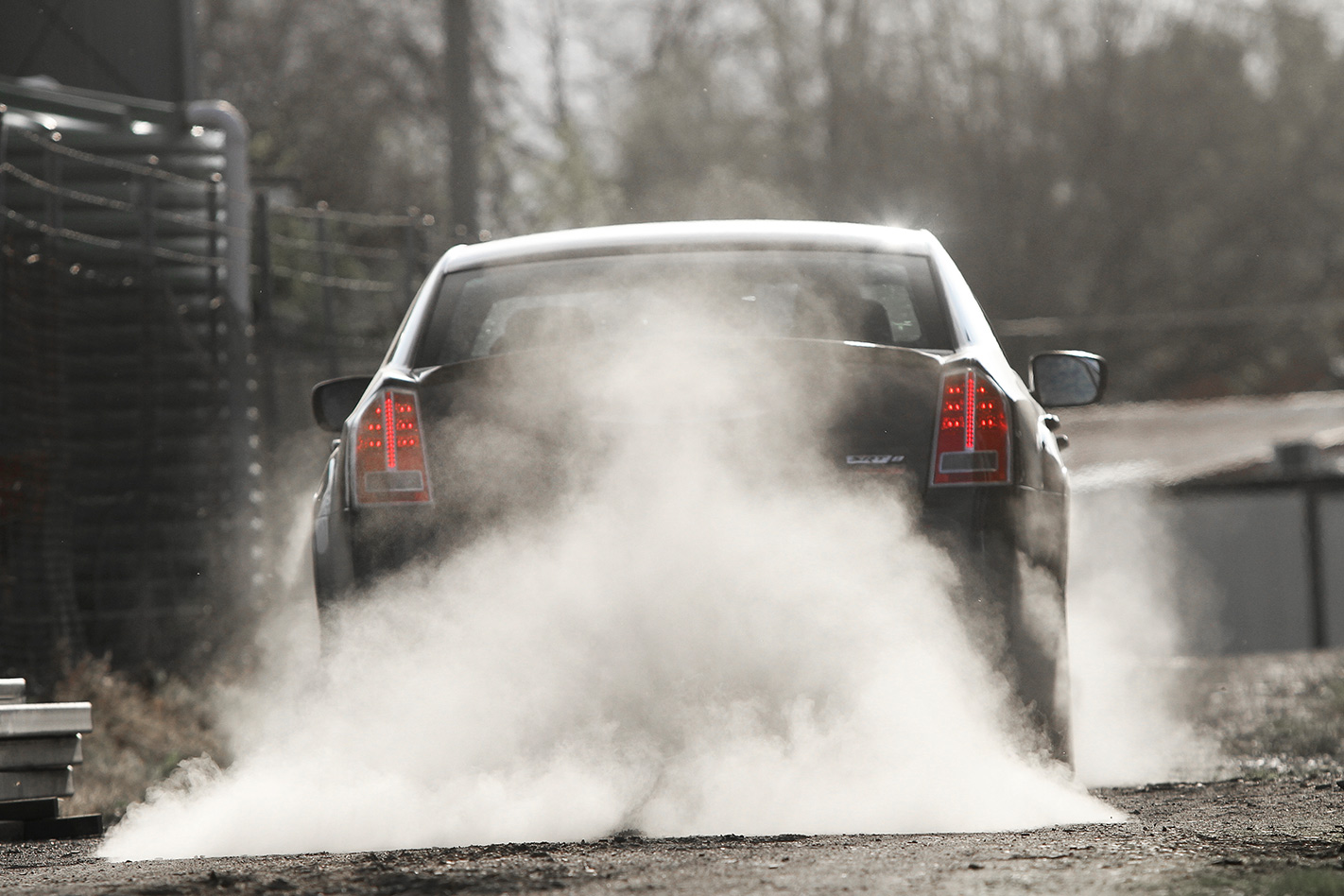New South Wales Highway Patrol is going to be a bit down today.
With Chrysler’s exit from the Australian market, they’ll be quietly retiring their 300 SRTs and instead having to increasingly look to diesel BMW 5s instead. For the rest of us? Well, that’s a bit more of a mixed picture.
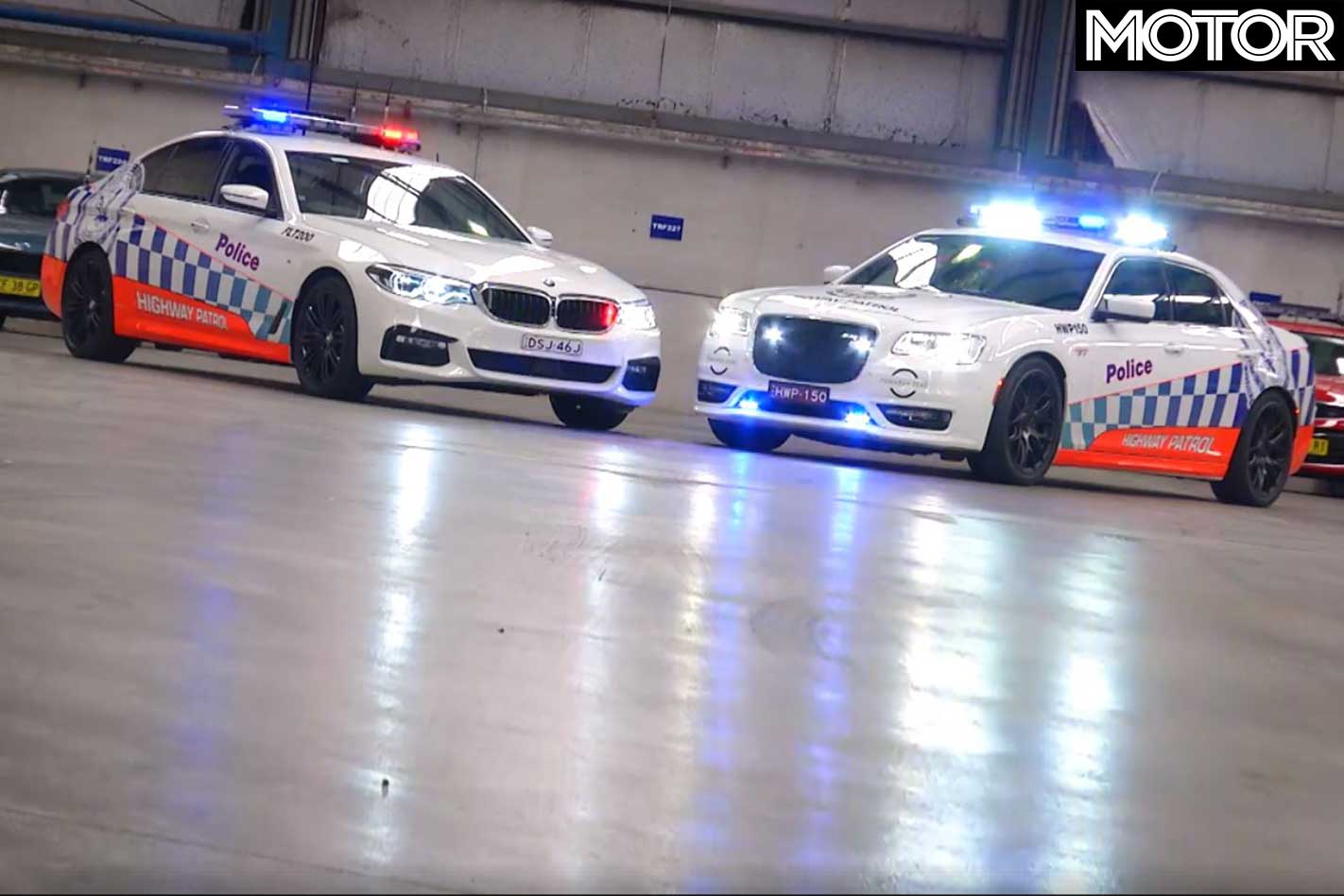
Unlike General Motors and Ford, Chrysler wasn’t a company that could be relied upon to serve Aussie performance-car buyers a relatively consistent buffet of the good stuff.
Its most lasting legacy was the Valiant, the third wheel to the Holden Kingswood and Ford Falcon, with full local manufacturing operating out of South Australia’s Tonsley Park assembly plant and Lonsdale engine foundry.
The VE won Wheels magazine’s Car of the Year in 1967, but it was the 1971 Valiant Charger that really caught the imagination, at one point comprising 80 per cent of all Valiant production.
Even today, the 225kW developed by the Charger R/T E49 betters the 210kW generated by a contemporary Chrysler 300 V6. It took Porsche leaning on forced induction with its 911 Turbo in 1975 for any six-pot to better this power output.
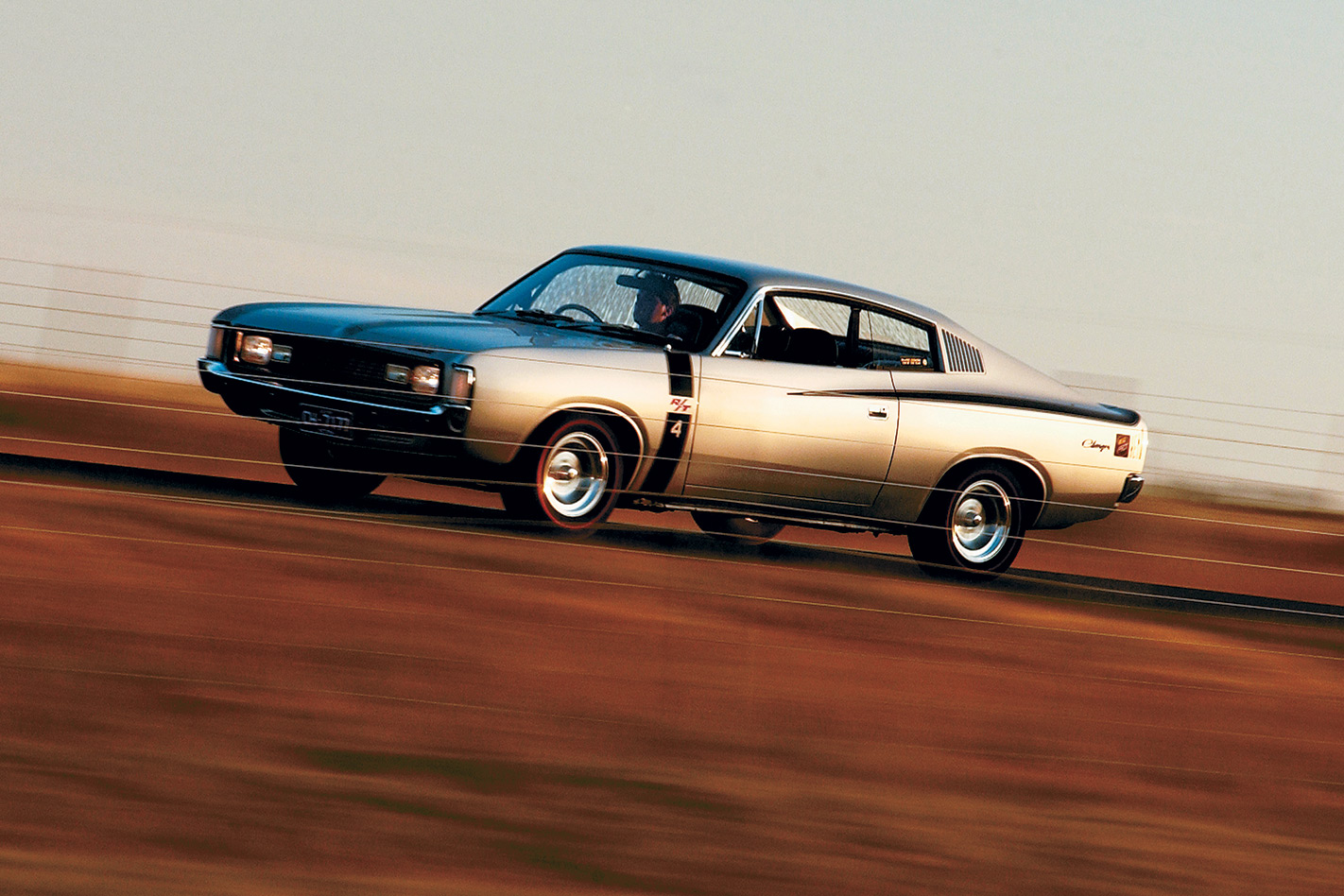
The Valiant was an icon, initially regarded as that little bit more premium than its direct Ford and Holden rivals and a good deal more progressive in its look and feel. Visions of a prototype E49 at the Weber factory in Italy only burnished its mystique.
Sadly, Chrysler never claimed the top spot at the Bathurst 1000, the company’s insistence that it would only rely on locally assembled engines meant that its 4.3-litre sixes were always up against it versus 5.75-litre Ford V8-powered rivals. Nevertheless, a podium in 1972 was a creditable outcome.
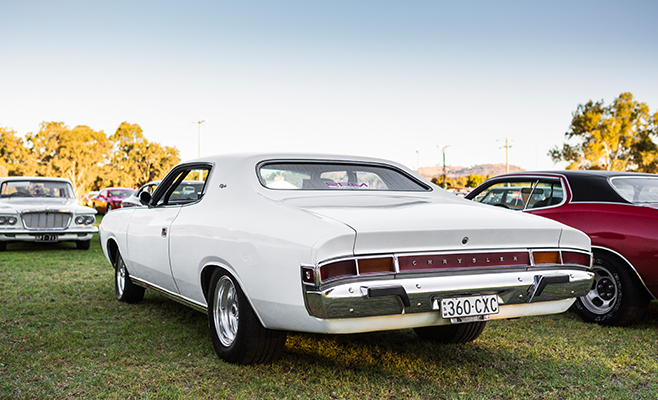
Mitsubishi took over Chrysler in 1980, acquiring a 99 per cent stake. When Valiant production ceased in August 1981, Chrysler-Mitsubishi focused attention on the Magna instead, upsizing a Japanese car rather than attempting to manage the dimensions of American market cars for Australian tastes.
The badge took some time to return, reintroducing the Dodge brand, and then acquired first by Daimler in 1998 – in the disastrous so-called ‘merger of equals’ – and then by Fiat in 2008.
Here in Australia the pickings were slim. We got the Crossfire SRT-6, which was never a great car, but one that is often unfairly maligned. Based on a Mercedes-Benz SLK 32 AMG, it had plenty of power, but the styling polarised and the Merc-sourced cabin plastics were painted silver, delivering pure LAX-hire car chintz in the process.
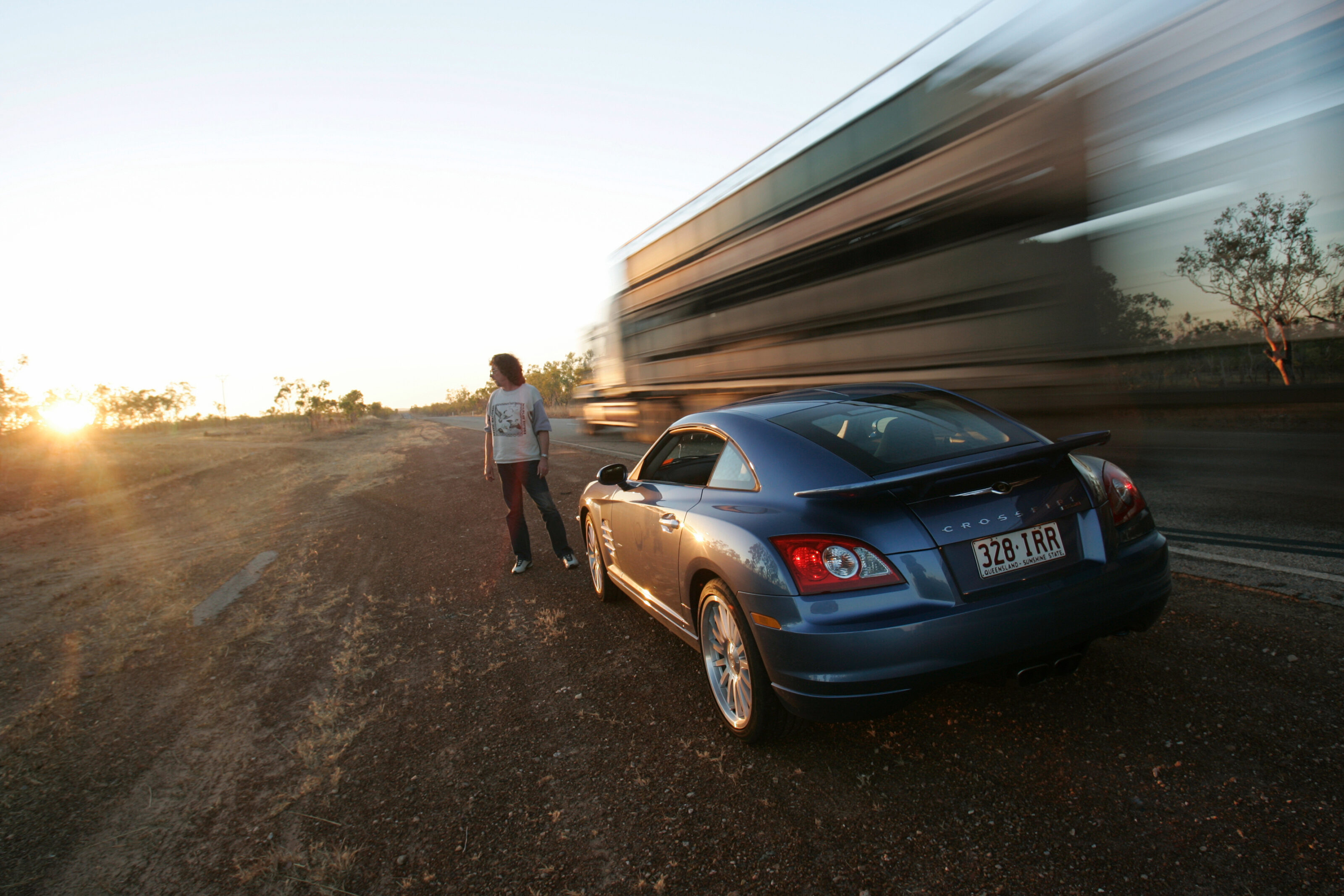
It was the V8-engined versions of the 300C/300 that did most of the heavy lifting for Aussie performance-car fans. A big-hearted, loveable barge with an engine that was overflowing with character, it remained one of the few atmo V8 rivals to the all-conquering Mustang and despite its dynamic flaws, it was a perennial MOTOR favourite.
Perhaps things could have been different for Chrysler if we got a consistent right-hand drive supply of the good stuff: the Vipers, the Chargers, the Challengers and so on.
Had the SRT division, founded in 1989, really been let off the leash, then perhaps Plymouth Prowlers and Dodge Vipers would have proven a hit with Aussie buyers.
After all, it was clear from the take up of Grand Cherokee Trackhawk that too much power just isn’t an issue for Aussie revheads.
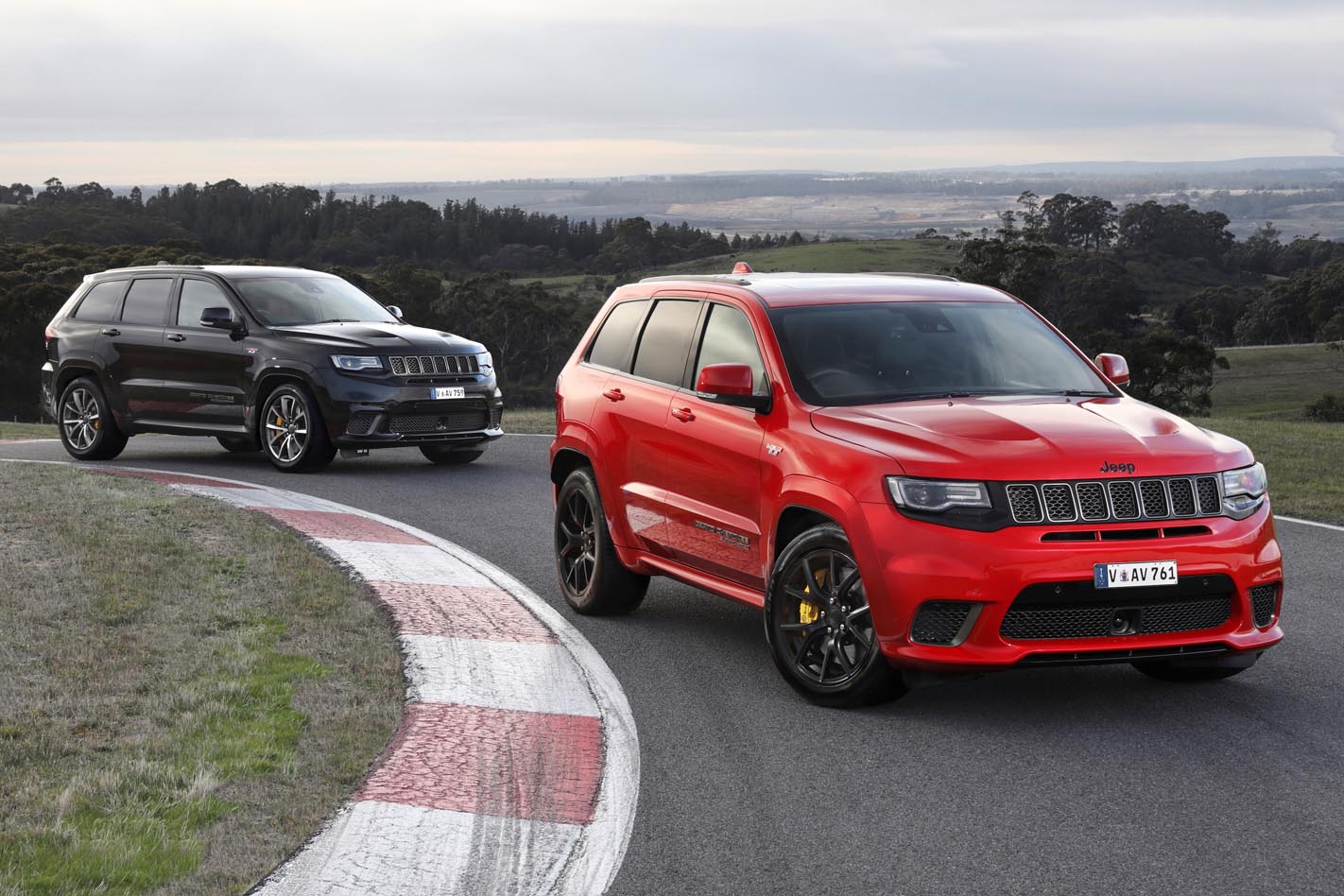
Back in February, new owner Stellantis put out a statement that we should have realised was the beginning of the end for performance Chrysler products in Australia.
“All of the core elements of the SRT performance engineering team have been integrated into our company’s global engineering organization [sic],” the statement said.
“This action will have the two-way benefit of ensuring that our brands’ SRT and performance-focused product offerings continue to meet the highest quality standards and expectations, while delivering key learnings from motorsports and other high-performance-technology applications across a wider mix of our company’s product lines.”
That came on the back of a statement in July 2020 from Tim Kuniskis, Chrysler’s brand chief executive officer and the man who helped bring us the 527kW supercharged Hemi-powered Hellcat Challenger and Charger in 2015, who went on record to say future performance cars from Mopar will have some form of electric assistance.
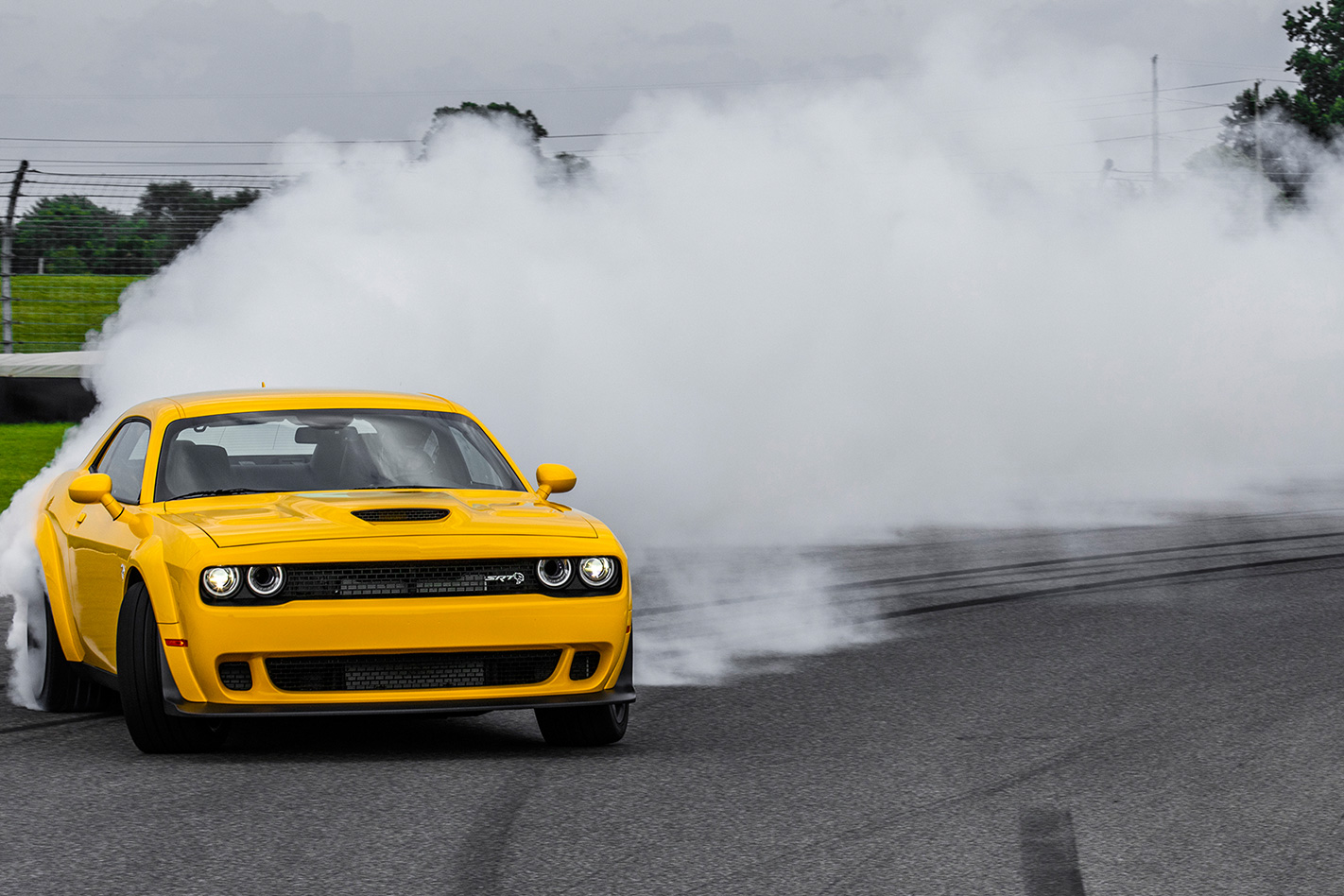
So, as Chrysler shutters its operation in Australia, selling just a trickle of 300 models, it may well be a case of farewell rather than goodbye. The company has been here before and come back.
While the performance car market is changing at a dizzying pace, this country remains a fertile market for honest-to-goodness horsepower in any form. Building the product may not be too difficult. What will be a bigger challenge would be re-establishing Chrysler as a brand that holds any equity or means something to a new generation of performance-car fans.
For the time being, one of the stars in Stellantis’s galaxy of brands just blinked out, in these southern skies at least.
We recommend
-
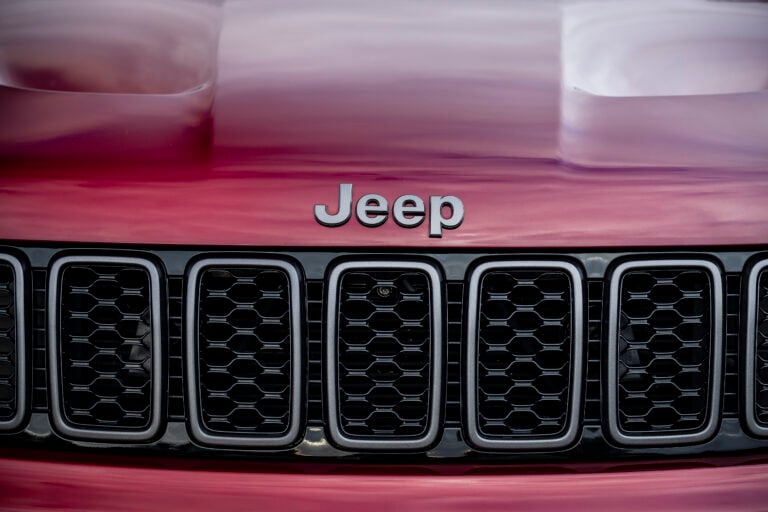 News
News2022 Chrysler and Jeep models go through price increases
Numerous Stellantis models hit with minor cost rises
-
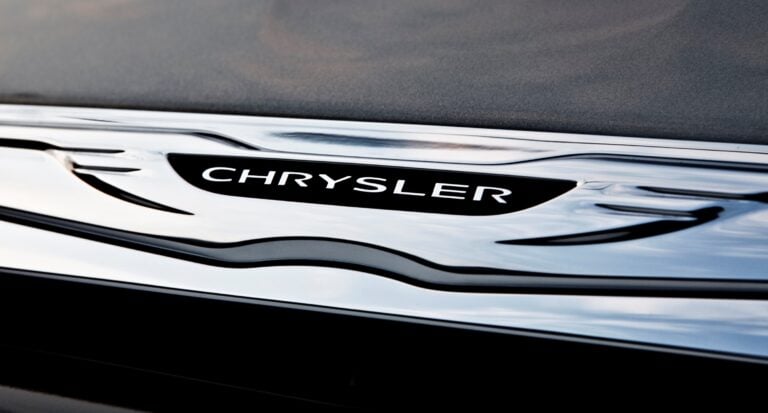 News
NewsThe 300 may be dead, but the Chrysler brand could live on
Weep, V8 fans, for the Chrysler 300 is no more in Australia, but new developments suggest the brand itself could live on with a new purpose


